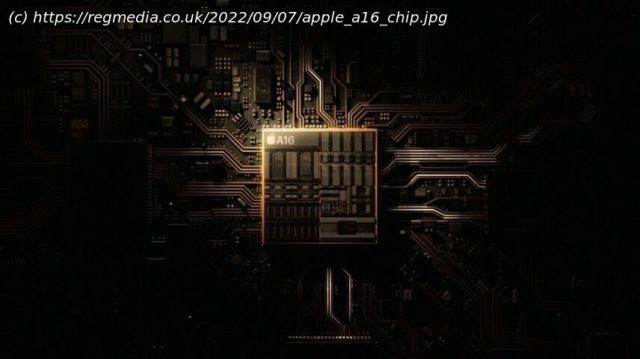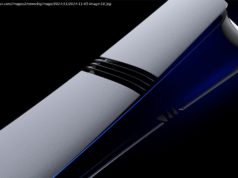We guess new chips are only for Pros
At this week’s big iPhone launch, Apple’s custom Arm-compatible chips – known as Apple Silicon – received little fanfare compared to what the processors have enjoyed at previous events.
The main attraction was the iPhone 14. It’s the first new iPhone since the short-lived 5C was introduced in 2013 not to launch alongside a new chip. The iPhone 14 will be powered by last year’s A15 system-on-chip, albeit a slightly faster one with a fifth GPU core that was used in the iPhone 13 Pro and Pro Max.
Apple is instead saving its flagship silicon for its iPhone Pro line. The US giant Wednesday showed off its top-of-the-range A16 Bionic chip, which will be used in the iPhone 14 Pro and Pro Max; Apple is rather nebulously claiming this hardware is 40 percent faster than the competition.
This latest system-on-chip was fabricated using a 4nm process node, boasts “nearly” 16 billion transistors, and has 50 percent more memory bandwidth than, presumably, its predecessors.
A closer inspection reveals a far more iterative design than the one painted by Apple execs onstage at the iPhone launch event. The A16 Bionic features the same layout as the A15 Bionic of two high-performance CPU cores and four efficiency cores. Meanwhile, the GPU, an area that receives a lot of attention at last year’s iPhone launch event, offers the same number of cores as its A15 Bionic predecessor: five.
With that said, at least according to Greg Joswick, SVP of worldwide marketing at Apple, the A16 Bionic chip is still an improvement over the equivalent A15, with the high-performance cores using 20 percent less power for the same performance.






